Mastering the Bow Part 3
Studies for Bass
-
Ships in 1 to 2 weeks
Details
Description
SKU: CF.BF117
Studies for Bass. Composed by Ottakar Sevcik. Edited by Gaelen McCormick. Arranged by Gaelen McCormick. SWS. Book. With Standard notation. 40 pages. Carl Fischer Music #BF117. Published by Carl Fischer Music (CF.BF117).ISBN 9781491148556. UPC: 680160906055. 9 x 12 inches.
Gaelen McCormick's third installment of Mastering the Bow provides bass students and performers a comprehensive review of bow strokes. Adapted from Otakar Sevcik's Op. 3 for violin, McCormick challenges bassists to carefully examine the way their bow interacts with the string across the core set of bow strokes; Detache, Martele, Brush, Spiccato, Sautille, and Ricochet. David Allen Moore of the USC Thornton School of Music and the Los Angeles Philharmonic touts this edition as a, ...vital step in bringing our available resources in line with those that upper string players have enjoyed for years and an essential part of any aspiring bassist's library!.
When I was a graduate student in Jeffrey Turners class in Pittsburgh, he assigned me the ev?ik for Bass, which Abe Luboff had produced, to help solidify the core strokes: detache, martele, spiccato, brush and ricochet. We would work through these weekly in my lessons, but to graduate out of this volume, I had to perform all the twenty variations in one sitting at studio class. This kind of study really showed me how to focus on the details of physical execution and what sets each stroke apart from the others. As the variations are shorter duration, it also made me switch gears quickly the way we often have to in an orchestral audition. The book we used in Mr. Turners class had fallen out of print by the time I was assigned to work on it and was full of misnomers and confusing instruction, things that applied perhaps to gut strings and a different mindset than what we are now using. After working on an earlier project which ultimately became Mastering the Bow, Vol. 1, I felt it was time to tackle this wonderful set of etudes again and make them available to our bass community. These variations make a great capstone to the learning that happens in volumes 1 and 2, and they are just good fun to work on. The double bass has come so far in the last few decades; better tools like strings and new bow makers, incredible modern bass luthiers, and now pedagogy that is catching us up to our other string colleagues. I was delighted to see that because of all this, there are now more variations that could be brought over from the violin original; the 32 I am presenting here. There are still some left that I feel do not suit our tuning in fourths. I hope my colleagues who tune in fifths will take up the challenge of those remaining eight variations! My hope is that this new transcription is fleshed out with enough instruction to help the player get specific goals in mind for each variation. As you work through the three book series of Mastering the Bow, stay open and curious about how the bow is interacting with the string, listen to and watch great models of tone production and efficient physical form, and think of this book as a starting point to your own development, not the end goal. Push the envelope of tempos, stretch the dynamics or invert them! And as you go along, share what you are learning with others. The rising tide lifts all boats.
When I was a graduate student in Jeffrey Turneras class in Pittsburgh, he assigned me the A ev?Ak for Bass, which Abe Luboff had produced, to help solidify the core strokes: dA(c)tachA(c), martelA(c), spiccato, brush and ricochet. We would work through these weekly in my lessons, but to agraduatea out of this volume, I had to perform all the twenty variations in one sitting at studio class. This kind of study really showed me how to focus on the details of physical execution and what sets each stroke apart from the others. As the variations are shorter duration, it also made me switch gears quickly the way we often have to in an orchestral audition. The book we used in Mr. Turneras class had fallen out of print by the time I was assigned to work on it and was full of misnomers and confusing instruction, things that applied perhaps to gut strings and a different mindset than what we are now using. After working on an earlier project which ultimately became Mastering the Bow, Vol. 1, I felt it was time to tackle this wonderful set of etudes again and make them available to our bass community. These variations make a great capstone to the learning that happens in volumes 1 and 2, and they are just good fun to work on. The double bass has come so far in the last few decades; better tools like strings and new bow makers, incredible modern bass luthiers, and now pedagogy that is catching us up to our other string colleagues. I was delighted to see that because of all this, there are now more variations that could be brought over from the violin original; the 32 I am presenting here. There are still some left that I feel do not suit our tuning in fourths. I hope my colleagues who tune in fifths will take up the challenge of those remaining eight variations! My hope is that this new transcription is fleshed out with enough instruction to help the player get specific goals in mind for each variation. As you work through the three book series of Mastering the Bow, stay open and curious about how the bow is interacting with the string, listen to and watch great models of tone production and efficient physical form, and think of this book as a starting point to your own development, not the end goal. Push the envelope of tempos, stretch the dynamics or invert them! And as you go along, share what you are learning with others. The rising tide lifts all boats.
When I was a graduate student in Jeffrey Turner's class in Pittsburgh, he assigned me the Sev?ik for Bass, which Abe Luboff had produced, to help solidify the core strokes: detache, martele, spiccato, brush and ricochet. We would work through these weekly in my lessons, but to "graduate" out of this volume, I had to perform all the twenty variations in one sitting at studio class. This kind of study really showed me how to focus on the details of physical execution and what sets each stroke apart from the others. As the variations are shorter duration, it also made me switch gears quickly the way we often have to in an orchestral audition. The book we used in Mr. Turner's class had fallen out of print by the time I was assigned to work on it and was full of misnomers and confusing instruction, things that applied perhaps to gut strings and a different mindset than what we are now using. After working on an earlier project which ultimately became Mastering the Bow, Vol. 1, I felt it was time to tackle this wonderful set of etudes again and make them available to our bass community. These variations make a great capstone to the learning that happens in volumes 1 and 2, and they are just good fun to work on. The double bass has come so far in the last few decades; better tools like strings and new bow makers, incredible modern bass luthiers, and now pedagogy that is catching us up to our other string colleagues. I was delighted to see that because of all this, there are now more variations that could be brought over from the violin original; the 32 I am presenting here. There are still some left that I feel do not suit our tuning in fourths. I hope my colleagues who tune in fifths will take up the challenge of those remaining eight variations! My hope is that this new transcription is fleshed out with enough instruction to help the player get specific goals in mind for each variation. As you work through the three book series of Mastering the Bow, stay open and curious about how the bow is interacting with the string, listen to and watch great models of tone production and efficient physical form, and think of this book as a starting point to your own development, not the end goal. Push the envelope of tempos, stretch the dynamics or invert them! And as you go along, share what you are learning with others. The rising tide lifts all boats.
When I was a graduate student in Jeffrey Turner's class in Pittsburgh, he assigned me the Sevcik for Bass, which Abe Luboff had produced, to help solidify the core strokes: detache, martele, spiccato, brush and ricochet. We would work through these weekly in my lessons, but to "graduate" out of this volume, I had to perform all the twenty variations in one sitting at studio class. This kind of study really showed me how to focus on the details of physical execution and what sets each stroke apart from the others. As the variations are shorter duration, it also made me switch gears quickly the way we often have to in an orchestral audition. The book we used in Mr. Turner's class had fallen out of print by the time I was assigned to work on it and was full of misnomers and confusing instruction, things that applied perhaps to gut strings and a different mindset than what we are now using. After working on an earlier project which ultimately became Mastering the Bow, Vol. 1, I felt it was time to tackle this wonderful set of etudes again and make them available to our bass community. These variations make a great capstone to the learning that happens in volumes 1 and 2, and they are just good fun to work on. The double bass has come so far in the last few decades; better tools like strings and new bow makers, incredible modern bass luthiers, and now pedagogy that is catching us up to our other string colleagues. I was delighted to see that because of all this, there are now more variations that could be brought over from the violin original; the 32 I am presenting here. There are still some left that I feel do not suit our tuning in fourths. I hope my colleagues who tune in fifths will take up the challenge of those remaining eight variations! My hope is that this new transcription is fleshed out with enough instruction to help the player get specific goals in mind for each variation. As you work through the three book series of Mastering the Bow, stay open and curious about how the bow is interacting with the string, listen to and watch great models of tone production and efficient physical form, and think of this book as a starting point to your own development, not the end goal. Push the envelope of tempos, stretch the dynamics or invert them! And as you go along, share what you are learning with others. The rising tide lifts all boats.
When I was a graduate student in Jeffrey Turner’s class in Pittsburgh, he assigned me the Ševčík forBass, which Abe Luboff had produced, to help solidify the core strokes: détaché, martelé, spiccato,brush and ricochet. We would work through these weekly in my lessons, but to “graduate” out of thisvolume, I had to perform all the twenty variations in one sitting at studio class. This kind of study reallyshowed me how to focus on the details of physical execution and what sets each stroke apart from theothers. As the variations are shorter duration, it also made me switch gears quickly the way we oftenhave to in an orchestral audition.The book we used in Mr. Turner’s class had fallen out of print by the time I was assigned to workon it and was full of misnomers and confusing instruction, things that applied perhaps to gut strings anda different mindset than what we are now using. After working on an earlier project which ultimatelybecame Mastering the Bow, Vol. 1, I felt it was time to tackle this wonderful set of etudes again andmake them available to our bass community. These variations make a great capstone to the learning thathappens in volumes 1 and 2, and they are just good fun to work on.The double bass has come so far in the last few decades; better tools like strings and new bowmakers, incredible modern bass luthiers, and now pedagogy that is catching us up to our other stringcolleagues. I was delighted to see that because of all this, there are now more variations that could bebrought over from the violin original; the 32 I am presenting here. There are still some left that I feel donot suit our tuning in fourths. I hope my colleagues who tune in fifths will take up the challenge of thoseremaining eight variations!My hope is that this new transcription is fleshed out with enough instruction to help the player getspecific goals in mind for each variation. As you work through the three book series of Mastering theBow, stay open and curious about how the bow is interacting with the string, listen to and watch greatmodels of tone production and efficient physical form, and think of this book as a starting point to yourown development, not the end goal. Push the envelope of tempos, stretch the dynamics or invert them!And as you go along, share what you are learning with others. The rising tide lifts all boats.
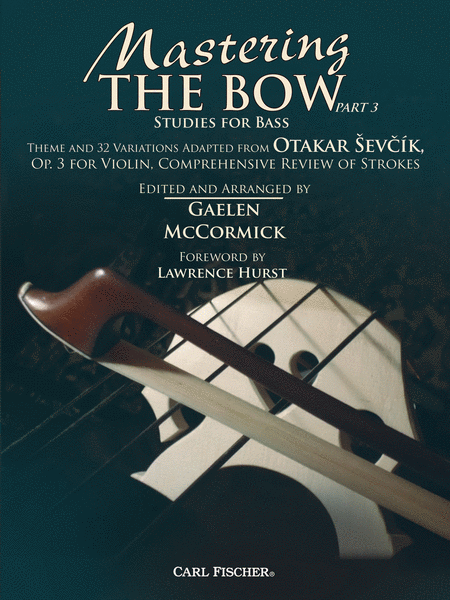
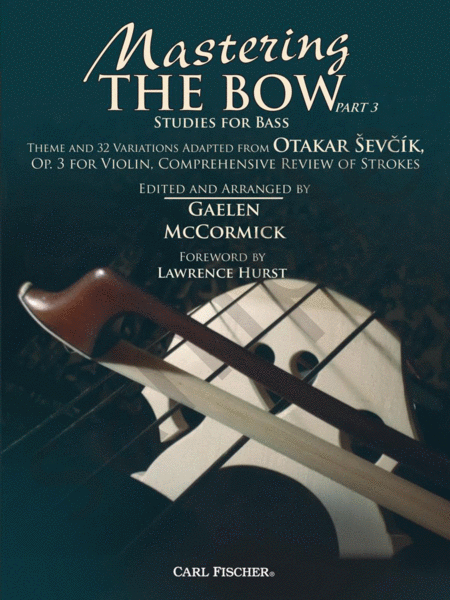
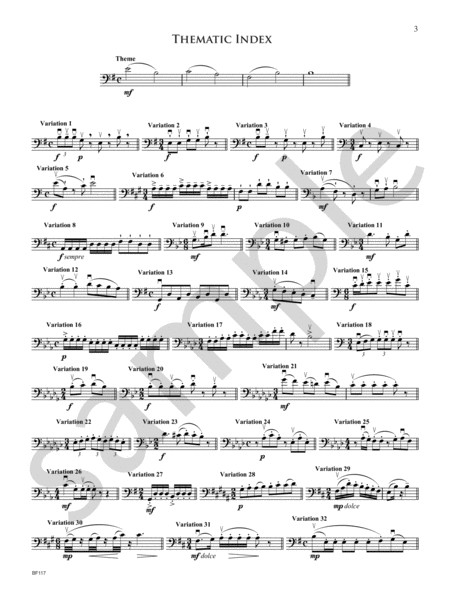
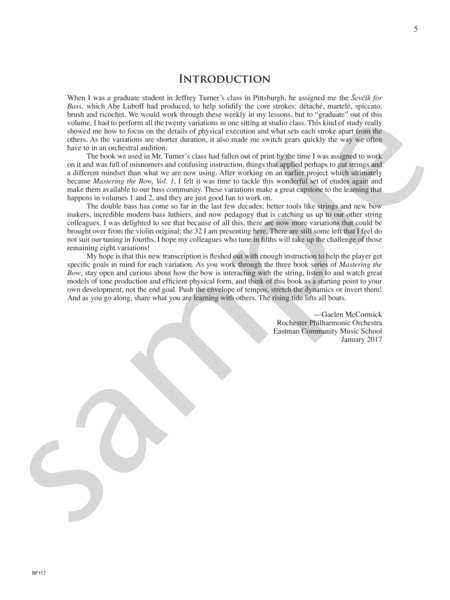
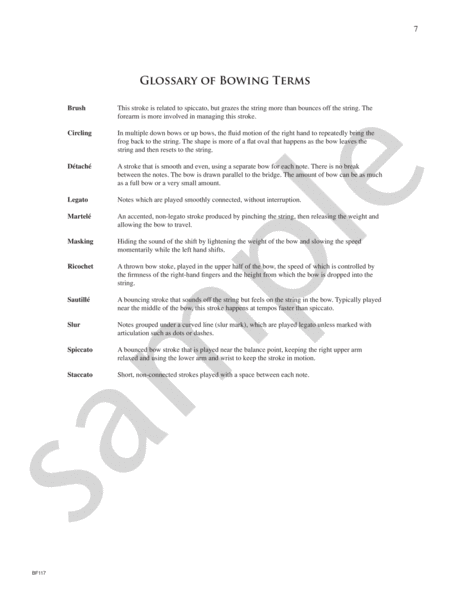
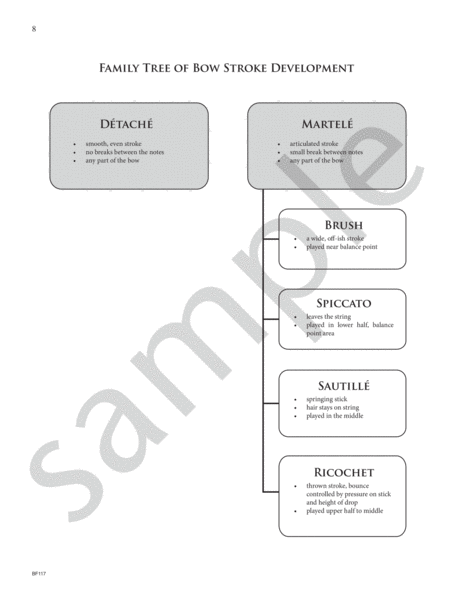
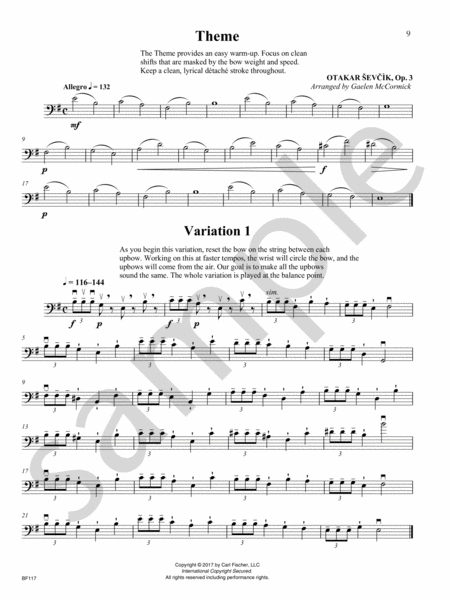
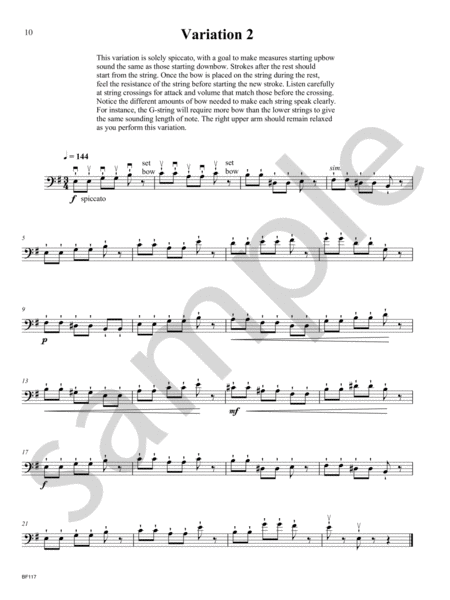
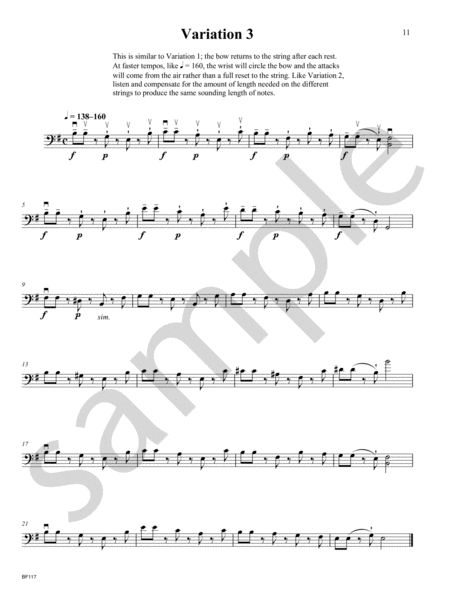
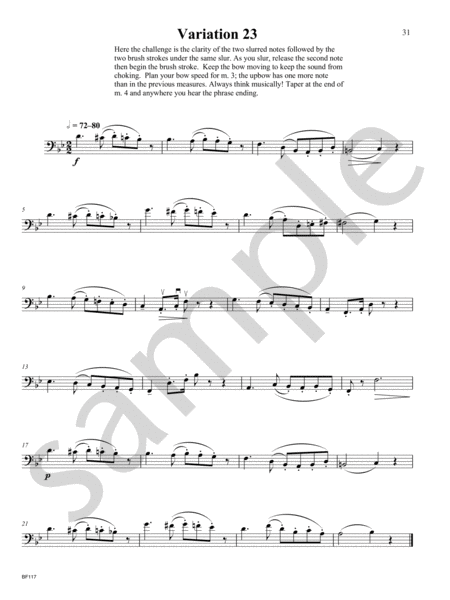
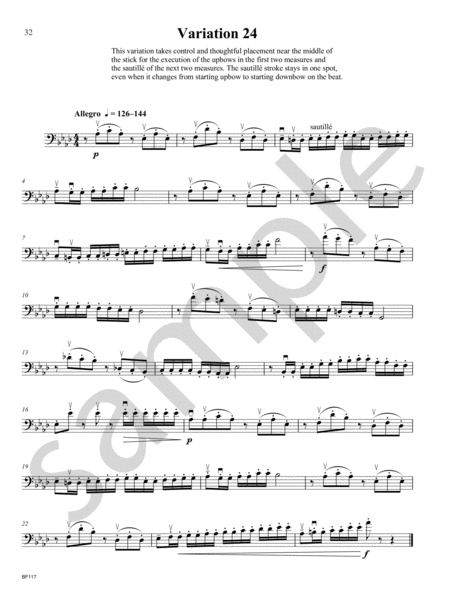
 Share
Share